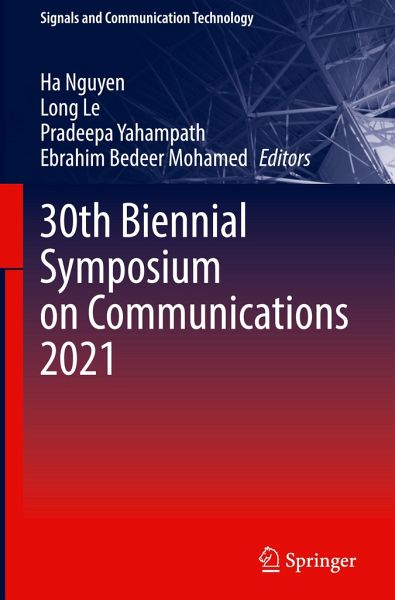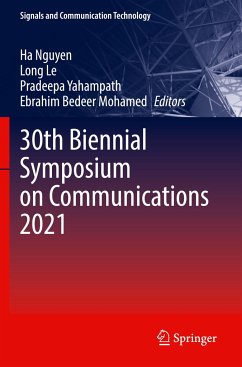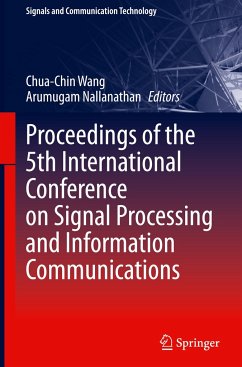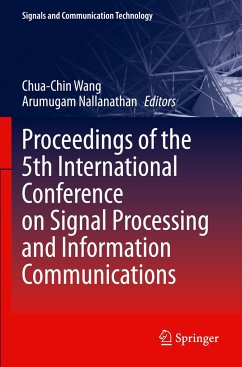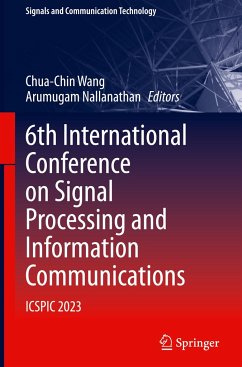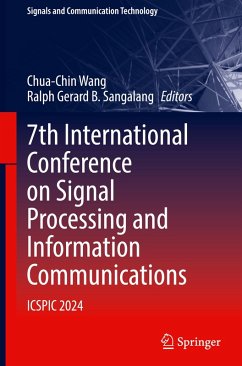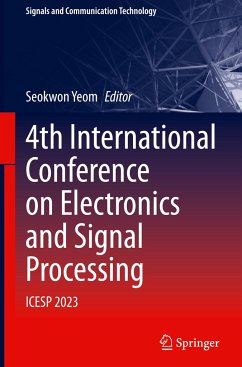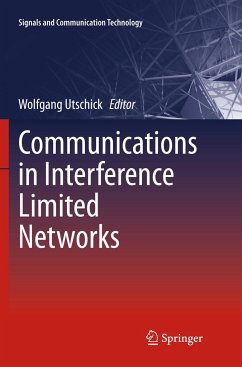Ha H. Nguyen received the B.Eng. degree from Hanoi University of Technology (HUT), Hanoi, Vietnam, in 1995, the M.Eng. degree from the Asian Institute of Technology (AIT), Bangkok, Thailand, in 1997, and the Ph.D. degree from the University of Manitoba, Winnipeg, MB, Canada, in 2001, all in electrical engineering. He joined the Department of Electrical and Computer Engineering, University of Saskatchewan, Saskatoon, SK, Canada, in 2001, and became a full Professor in 2007. He currently holds the position of NSERC/Cisco Industrial Research Chair in Low-Power Wireless Access for Sensor Networks. His research interests fall into broad areas of Communication Theory, Wireless Communications, and Statistical Signal Processing. Dr. Nguyen was an Associate Editor for the IEEE Transactions on Wireless Communications and IEEE Wireless Communications Letters during 2007-2011 and 2011-2016, respectively. He currently serves as an Associate Editor for the IEEE Transactions on Communications andthe IEEE Transactions on Vehicular Technology. He served as a Technical Program Chair for numerous IEEE events. He is a coauthor, with Ed Shwedyk, of the textbook A First Course in Digital Communications" (published by Cambridge University Press). Dr. Nguyen is a Fellow of the Engineering Institute of Canada (EIC) and a Registered Member of the Association of Professional Engineers and Geoscientists of Saskatchewan (APEGS). Long Le received the B.Eng. degree in electrical engineering from Ho Chi Minh City University of Technology, Vietnam, in 1999, the M.Eng. degree in telecommunications from Asian Institute of Technology, Thailand, in 2002, and the Ph.D. degree in electrical engineering from the University of Manitoba, Canada, in 2007. He was a Postdoctoral Researcher at Massachusetts Institute of Technology (2008-2010) and University of Waterloo (2007-2008). Since 2010, he has been with the Institut National de la Recherche Scientifique (INRS), Université du Québec, Montréal,QC, Canada where he is currently a full professor. His research interests include smartgrids, intelligent transportation systems, and emerging enabling technologies for 5G and beyond wireless systems. He is a co-author of the books Radio Resource Management in Multi-Tier Cellular Wireless Networks (Wiley, 2013) and Radio Resource Management in Wireless Networks: An Engineering Approach (Cambridge University Press, 2017). Dr. Le was a member of the editorial boards of IEEE TRANSACTIONS ON WIRELESS COMMUNICATIONS and IEEE COMMUNICATIONS SURVEYS AND TUTORIALS. Pradeepa Yahampath received the B.Sc. degree in electronic and telecommunications engineering from University of Moratuwa, Sri Lanka, in 1990, the M.Sc. degree in telecommunications from Norwegian University of Science and Technology, in 1995, and the Ph.D. degree in electrical and computer engineering from University of Manitoba, Canada, in 2001. Since 2002, he has been with the Departmentof Electrical and Computer Engineering at University of Manitoba, where he is currently a Professor. He has held visiting researcher positions at University of Oslo, Norway, during 2007-09. He has served as a member of the technical program committees of numerous international conferences on communication theory and systems. His research interests are broadly in theory and methods for signal and data compression, and wireless multimedia communication. He is a senior member of the IEEE. Ebrahim Bedeer received the B.Sc. (Hons.) and M.Sc. degrees from Tanta University, Tanta, Egypt and the Ph.D. degree from Memorial University, St. Johns, NL, Canada, all in Electrical Engineering. He joined the Department of Electrical and Computer Engineering, University of Saskatchewan, Saskatoon, Canada, in 2019 as an Assistant Professor. Before that, he was an Assistant Professor (Lecturer in the UK) at Ulster University, United Kingdom, and postdoctoral fellow at Carleton University, Ottawa, ON, Canada and the University of British Columbia, Kelowna, BC, Canada. His current research interests include applications of optimization techniques in signal processing and wireless communications, spectral efficient communication systems, and internet-of-things (IoT).
